#culinaryherbs
Text
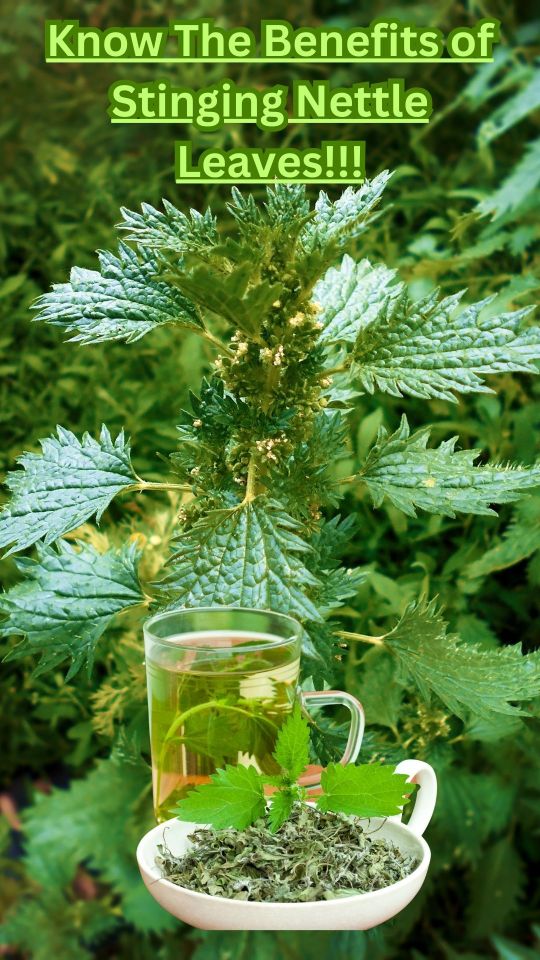
Stinging nettle, or Urtica dioica, is a common plant that grows all over the world. It has a long history of use as a medicinal aid due to its amazing health benefits. There are numerous uses for stinging nettle leaves, and all parts of the plant can be used for different purposes!
READ MORE!
#nettle#nettleleaf#plants#health#healthy#healthylifestyle#healthyliving#healthylife#healingherbs#culinaryherbs#herbs#HerbsForHealth#herbsforhealing
8 notes
·
View notes
Text
Cooking with Lemon Verbena: How to Add Zest to Sweet and Savory Dishes
Are you looking for some new ways to use lemon verbena in your recipes? We explore all the different ways to cook and bake with this strong scented lemony herb. Lemon verbena’s fresh citrusy scent and taste can spice up a wide variety of foods and drinks. It’s often used in teas, both cold and hot. […]
The post Cooking with Lemon Verbena: How to Add Zest to Sweet and Savory Dishes appeared first on The Culinary Herb Garden.
source https://howtoculinaryherbgarden.com/cooking-with-lemon-verbena/
5 notes
·
View notes
Text
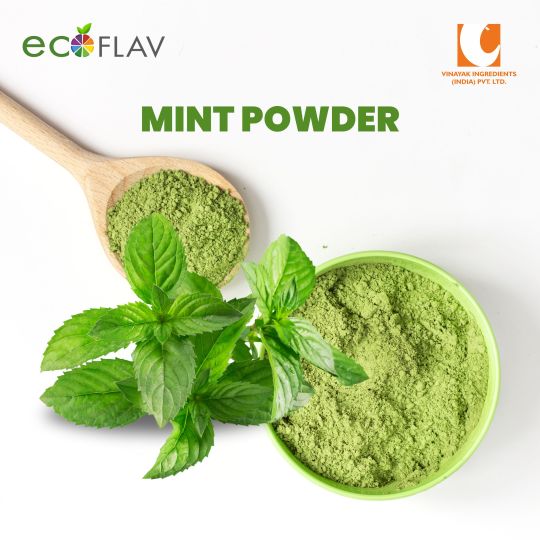
In the realm of culinary delights and herbal remedies, few ingredients possess the versatility and allure of mint. From its humble origins as a leafy herb to its transformation into a fragrant powder, mint captivates the senses and tantalizes the taste buds in myriad forms. Join us as we embark on a journey to unveil the essence of mint, from leaf to powder, and discover the magic hidden within each stage of its evolution.
#mint#CulinaryHerbs#RefreshingFlavors#HerbalRemedies#CulinaryAdventure#MedicinalPlants#NaturalHealth#AromaticHerbs
0 notes
Text

Embrace Nature's Bounty: The Profound Benefits of Cultivating Your Own Herbs
In today's fast-paced world, where convenience often trumps quality, there's a growing movement towards reconnecting with nature and embracing a more sustainable lifestyle. One simple yet profound way to do so is by growing your own herbs. Beyond the obvious culinary advantages, delving into herb cultivation offers a plethora of benefits for both body and mind.
1. Fresher, More Flavorful Culinary Creations
Picture this: a handful of freshly plucked basil leaves, their aroma wafting through your kitchen as you sprinkle them over a homemade Margherita pizza. The difference between store-bought herbs and ones harvested from your own garden is undeniable. By growing your own herbs, you ensure a never-ending supply of vibrant, flavorful additions to your culinary endeavors.
2. Cost-Effective and Convenient
Herb cultivation is remarkably cost-effective. A single packet of seeds can yield an abundant harvest, saving you frequent trips to the grocery store and reducing your overall food expenses. Moreover, having an herb garden just a few steps away from your kitchen door adds unparalleled convenience to your cooking routine. No more last-minute dashes to the store when a recipe calls for a sprig of thyme or a handful of cilantro.
3. Healthier, Chemical-Free Options
Concerns about pesticide residues and chemical additives in store-bought produce are on the rise, driving many to seek out organic alternatives. By growing your own herbs, you have complete control over the cultivation process, ensuring that your plants are free from harmful chemicals and pesticides. This means cleaner, healthier ingredients for you and your family.
4. Therapeutic Benefits of Gardening
Gardening has long been recognized for its therapeutic effects on mental well-being. The act of tending to plants, nurturing them from seedlings to maturity, offers a sense of purpose and accomplishment. It's a form of mindfulness, allowing you to immerse yourself fully in the present moment and escape the stresses of daily life. Plus, the sight of lush greenery and the scent of fresh herbs can instantly uplift your mood.
5. Environmental Sustainability
https://amzn.to/3xnQujK
In an era marked by environmental degradation and climate change, every small effort towards sustainability counts. Growing your own herbs reduces your carbon footprint by minimizing the need for transportation and packaging associated with store-bought produce. Additionally, cultivating herbs organically promotes biodiversity and supports local ecosystems, contributing to a healthier planet for future generations.
6. Educational Opportunities
For families, cultivating a herb garden offers invaluable educational opportunities for children. It teaches them about the natural world, the importance of sustainable practices, and where their food comes from. Gardening fosters a sense of responsibility and instills valuable life skills, all while sparking curiosity and creativity.
7. Versatility in Herb Selection
When you grow your own herbs, you're not limited to the selection available at the grocery store. You can experiment with a wide variety of herbs, including exotic or lesser-known varieties that may be difficult to find commercially. This opens up a world of culinary possibilities, allowing you to explore new flavors and cuisines from the comfort of your own home.
In conclusion, the benefits of growing your own herbs extend far beyond the culinary realm. From fresher, more flavorful meals to improved mental well-being and environmental sustainability, cultivating an herb garden is a rewarding endeavor with countless rewards. So why not roll up your sleeves, dig in the dirt, and experience the joy of harvesting your own homegrown herbs?
https://amzn.to/3xnQujK
The links on this blog are affiliate links. If you purchase, I may receive a small commission at no extra cost to you.
#HerbGardening#SustainableLiving#OrganicGardening#HomegrownHerbs#HealthyEating#MindfulLiving#DIYGarden#GreenLiving#CulinaryHerbs#NatureTherapy
1 note
·
View note
Text
youtube
#Clove#SpiceDiscovery#NaturalHealing#HerbalWonders#HealthBenefits#ActiveComponents#ExploringNature#HerbalRemedies#WellnessJourney#CloveOil#HolisticHealth#PlantPower#HealthyLiving#DiscoverClove#MedicinalHerbs#Nature'sTreasures#CulinaryHerbs#HerbalExploration#WellnessDiscovery#HiddenGems#self healing#plants#treatment#Youtube
0 notes
Text

In a world teeming with natural wonders, Myrtus Communis stands as a testament to timeless beauty and the gifts of nature. This captivating plant weaves a fragrant tapestry of history and elegance that's too precious to forget. 🌱🌼
Myrtus Communis, also known as Common Myrtle, is like a living relic from the past. Its lush green leaves and aromatic white flowers have graced gardens for generations, enchanting all who encounter it.
Why should you welcome Myrtus Communis into your garden? Here are a few compelling reasons:
Fragrant Memories: The scent of Myrtus Communis, often likened to fresh, invigorating eucalyptus, carries the essence of Mediterranean landscapes. It's a fragrance that transports you to sun-kissed shores and ancient groves.
Culinary Charm: Myrtus Communis leaves can add a unique flavor to dishes, liqueurs, and preserves. A touch of history and flavor in your culinary creations.
Medicinal Magic: Traditional medicine has harnessed the potential health benefits of Myrtus Communis, using it for respiratory health and more.
Aesthetic Appeal: Myrtus Communis is not just a plant; it's a piece of art. Its evergreen foliage and charming white blossoms can enhance any garden with timeless beauty.
Celebrate the charm of Myrtus Communis and the timeless allure it brings to your garden. Let's cultivate beauty and preserve nature's gifts together. 🪴🌎
Visit our Etsy shop to explore the enchanting world of Myrtus Communis. Each seed we offer is a piece of history and a fragrant promise of beauty. 🌱🌼
0 notes
Text
HISTORY OF SPICES
The McCormick Science Institute (MSI) provides valuable insights into the historical and modern uses of herbs and spices, especially about health and culinary applications. Humans have co-evolved with plants for millions of years, discovering the flavorful and medicinal properties of herbs and spices. Initially, these natural ingredients were used to enhance the taste of food, mask undesirable flavors, and preserve perishable items. Spices have been valued throughout history for their various uses, from religious rituals to medicinal purposes. During biblical times, spices like cinnamon and saffron were highly regarded. In Ancient Egypt, garlic and onion were notable choices for both medical and culinary purposes, and the Ebers Papyrus from 1500 BC documented the use of various herbs. Early Chinese culture also recognized the power of herbs and spices, with the Classic Herbal, likely written around 2700 BC, containing information about medicinal plants, including cassia, which is similar to cinnamon. Ginger was also grown in pots and used to prevent scurvy during sea voyages. Ancient Mesopotamia, particularly Babylonia, had a rich tradition of spice and spices used for both culinary and medicinal purposes. King Ashurbanipal's records included various aromatic plants, while King Merodach-Baladan II grew numerous species of plants and herbs in his royal garden. India has a rich history of using spices such as black pepper, cinnamon, turmeric, and cardamom for culinary and health purposes. Ancient surgeons like Sushruta incorporated aromatic plants into medical practices. In ancient times, Greece and Rome imported and utilized a variety of Eastern spices. Hippocrates and Theophrastus contributed to the understanding of spices and herbs in medical science, while Dioscorides wrote "De Materia Medica," a comprehensive text on spices and herbs. The Arab and Muslim world played a significant role in the spice trade, using spices for both trading and scientific purposes. Arab physicians developed techniques to extract flower scents and essential oils from aromatic plants. During the Middle Ages, spices in Europe were highly prized and often used as currency. The Crusades opened up trade routes, making Asian spices more accessible. European apothecaries integrated spices and herbs into their remedies, often based on Arabian medical knowledge. Spices and herbs have played a significant role in human history, from early civilizations to the modern world. For instance, the Age of Exploration, including Marco Polo's accounts, contributed to the expansion of the spice trade. As a result, spices from the New World, such as capsaicin (red pepper) and allspice, were introduced to European cuisine. Moreover, American history saw early settlers incorporating indigenous spices and herbs into their diets. During the colonial and revolutionary periods, spices became an important part of American cuisine. In the present day, the usage of spices is diverse and widespread. They are commonly used in global cuisine, including astronaut food. Additionally, in recent years, there has been a renewed interest in the health benefits of spices. Scientific evidence supports their potential positive effects on heart health, cognition, and diet quality. To conclude, spices and herbs have been used for culinary enhancement as well as medicinal applications throughout history. Their continued exploration promises further health benefits. The McCormick Science Institute is a valuable resource for understanding the science behind the use of spices and herbs.
#herbs#Herbs#Seasonings#CookingWithSpices#FlavorfulHerbs#SpiceUpYourLife#HerbGarden#SeedSavers#SpiceWorld#KitchenEssentials#SpiceRack#Herbology#CookingFromScratch#SpiceBlend#GourmetCooking#HealthyEating#CulinaryHerbs#SeedStarting#HomemadeSpiceMix#CookingTips#and seeds.
1 note
·
View note
Text
Elevate Your Dishes with Fresh Chives
Looking to add a burst of flavor and a touch of green to your culinary creations? Fresh chives are the answer! 🍽️🌿
At The Fresh Direct, we're committed to providing you with the finest herbs and ingredients, and fresh chives are a true culinary gem. Here's why they're a must-have for your kitchen:
✨ Delicate Onion Flavor: Fresh chives are celebrated for their delicate onion flavor, which adds a subtle yet delightful zing to a wide range of dishes.
🍽️ Versatile Culinary Herb: Whether you're garnishing soups, omelets, baked potatoes, or creating a delectable herb butter, chives are incredibly versatile and perfect for enhancing the taste of your recipes.
🌿 Fresh and Vibrant: Our chives are carefully selected to ensure freshness and vibrancy, ensuring you get top-quality herbs for your culinary creations.
🔥 Perfect for Any Occasion: Whether you're preparing a weeknight dinner or hosting a special gathering, fresh chives are the ideal herb for adding that finishing touch of flavor.
🌿 Quality Guaranteed: We take pride in sourcing our herbs with care, so you can confidently add them to your dishes for that extra burst of flavor.
Get ready to elevate your dishes with the freshness of chives. It's time to take your culinary creations to the next level and enjoy the delightful, delicate onion flavor these herbs bring.
Visit https://thefreshdirect.com.au/product/chives-herb/ to add these fresh chives to your cart and embark on a culinary journey filled with vibrant, flavorful dishes. 🛒🌿
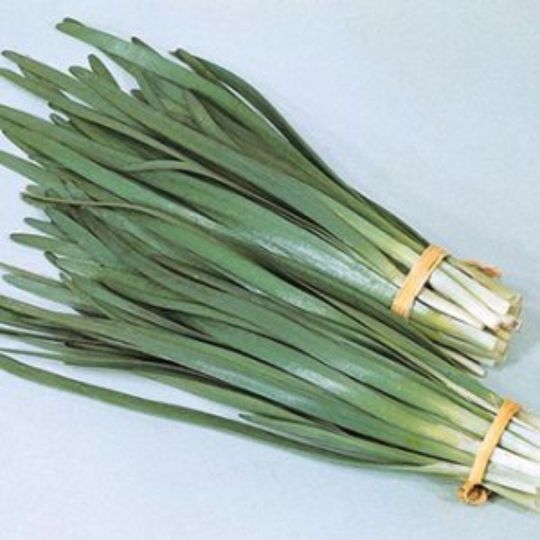
0 notes
Photo
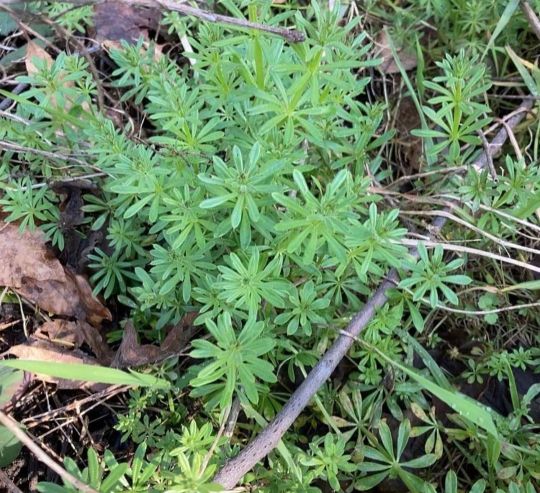
Have you ever heard of Sticky Willy, also known as Goosegrass? This plant may be a common weed, but it's actually packed with medicinal and nutritional benefits. Sticky Willy is known for its sticky leaves and stems, which make it easy to attach to clothing and animal fur. But don't let its clingy nature fool you - this plant is a powerhouse of nutrients, including vitamins A and C, iron, and calcium. In traditional medicine, Sticky Willy has been used to treat a variety of ailments, including skin irritations, urinary tract infections, and even arthritis. It can also be used as a mild diuretic and a natural laxative. But that's not all - Sticky Willy is also great for culinary purposes. Its leaves and stems can be boiled or steamed and used as a nutritious addition to soups and stews. So next time you see Sticky Willy on your hike, don't just brush it off - take advantage of its many benefits! #stickywilly #goosegrass #herbalmedicine #wildforaging #naturalremedies #plantbasednutrition #wildedibles #culinaryherbs #naturephotography #plantsofinstagram (at Cotswolds) https://www.instagram.com/p/Co71RD8spnS/?igshid=NGJjMDIxMWI=
#stickywilly#goosegrass#herbalmedicine#wildforaging#naturalremedies#plantbasednutrition#wildedibles#culinaryherbs#naturephotography#plantsofinstagram
0 notes
Photo

Dill is the new go to herb. What is your favorite way to use dill weed? Today dill butter. What shall we serve it with? #dill #oldschool #culinaryherbs #quillisascutfarmschool (at Quillisascut Farm) https://www.instagram.com/p/Ce1ehyxP4DM/?igshid=NGJjMDIxMWI=
0 notes
Text
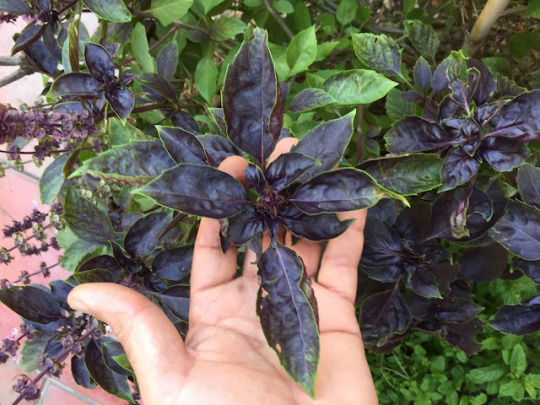


Basil is one of the easiest and most satisfying herbs to grow, for both beginning and experienced gardeners. Basil is known to attract bees and butterflies and has very aromatic foliage. It's a beautiful plant, making it an easy addition to flower beds and borders as both an ornamental and edible feature. Basil will also improve the growth and flavor of tomatoes, and may help to repel harmful pests!
#basil#growing#herb#herbs#growingherbs#growyourown#gardeningtips#gardening#gardeningtuip#howtogrow#lovegardening#herbgarden#herbgardening#culinaryherbs#gardeninglife#gardeningideas#gardeningforbeginners#gardeningfun#gardeninglove#How#howto#garden#gardening tips#gyo#gardening uk#gardenchat#backyard#organic gardening#vegetable gardening#gardenblr
47 notes
·
View notes
Text
How To Grow Lemon Verbena for Fresh Citrusy Flavor and Fragrance
Learn more about the growing habits of lemon verbena and how to care for it in both warm and cooler climates. We’ll look at container growing, common problems, and how to start new lemon verbena plants for your garden. About Lemon Verbena Lemon verbena has an intense fresh citrusy fragrance and flavor. It’s been called […]
The post How To Grow Lemon Verbena for Fresh Citrusy Flavor and Fragrance appeared first on The Culinary Herb Garden.
source https://howtoculinaryherbgarden.com/how-to-grow-lemon-verbena/
0 notes
Text
Discovering the Magic of Mint: A Flavorful Journey
Mint, with its vibrant green leaves and invigorating scent, has long been celebrated for its culinary versatility and medicinal properties. Embark on a flavorful journey with us as we explore the enchanting world of mint and uncover the secrets behind its magic.
The Origins of Mint:
The story of mint stretches back through the annals of history, intertwining with ancient civilizations and cultures. From the revered gardens of Egyptian temples to the fragrant fields of ancient Greece, mint has left an indelible mark on humanity's culinary and medicinal practices. Its journey spans continents and epochs, each culture infusing mint with its own unique significance and purpose.
A Symphony of Flavors:
At the heart of mint's allure lies its captivating flavor profile. With a burst of freshness and a hint of sweetness, mint tantalizes the taste buds and awakens the senses. The cooling sensation of menthol, the compound responsible for mint's distinctive taste, provides a refreshing contrast to both sweet and savory dishes. Whether infused in teas, muddled in cocktails, or sprinkled over salads, mint adds a delightful complexity to every culinary creation.
Culinary Adventures with Mint:
Step into the kitchen and let your imagination run wild with the endless possibilities of mint-infused dishes. Start your day with a revitalizing cup of mint tea, or whip up a batch of refreshing mojitos to kick off a weekend gathering. Explore the exotic flavors of Middle Eastern cuisine with a hearty lamb and mint salad, or indulge your sweet tooth with a decadent chocolate mint dessert. From appetizers to desserts, mint's versatility knows no bounds, offering a world of culinary adventures to explore.
The Healing Power of Mint:
Beyond its culinary delights, mint boasts a myriad of medicinal benefits that have been cherished for centuries. From soothing digestive ailments to alleviating headaches and nausea, mint has been hailed as a natural remedy for a wide range of health conditions. Its antiseptic and anti-inflammatory properties make it a valuable ally in promoting overall well-being and vitality.
Cultivating Mint at Home:
Ready to bring the magic of mint into your own kitchen? With its easy cultivation and low-maintenance nature, growing mint at home is a rewarding endeavor for both novice and seasoned gardeners alike. Whether in a sunny garden bed or a compact container on your windowsill, mint thrives in various environments, providing a bountiful harvest of fresh leaves for your culinary creations.
For more information visit us:
0 notes
Photo
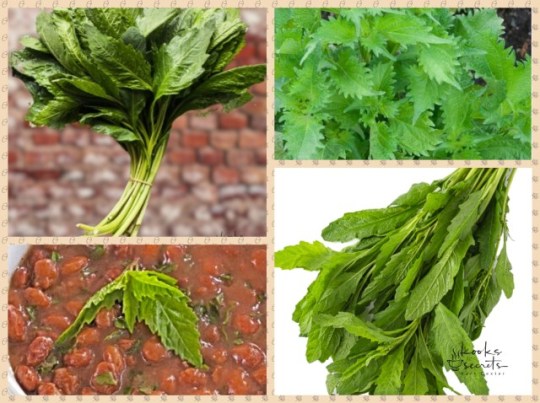
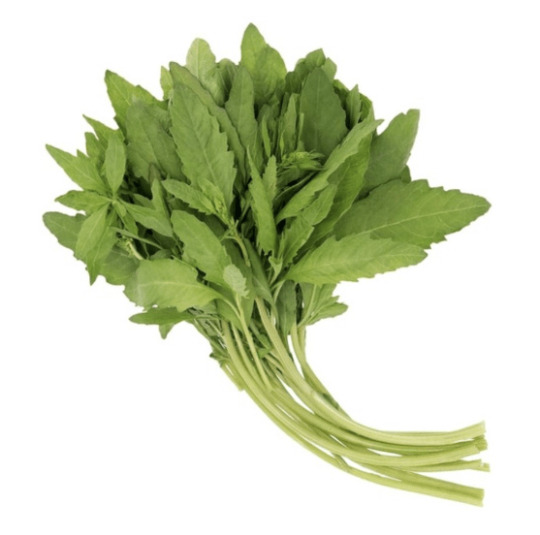

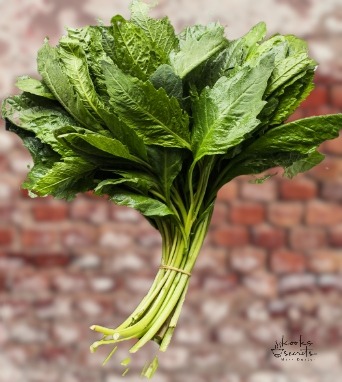
(via Epazote (Mexican Mint))
0 notes
Text
"Curry Leaves: A Culinary Elixir and Flavor Maestro"
Curry leaves, known for their vibrant aroma and distinct flavor, are a staple in South Asian and Southeast Asian cuisines. Often misunderstood as an integral part of curry powders, these glossy, green leaves are a flavor maestro in their own right. Beyond their culinary prowess, curry leaves boast potential health benefits, making them a valuable addition to both traditional and modern kitchens.…
View On WordPress
0 notes
Text
Rahasia Sukses Menanam Rosemary di Halaman Anda
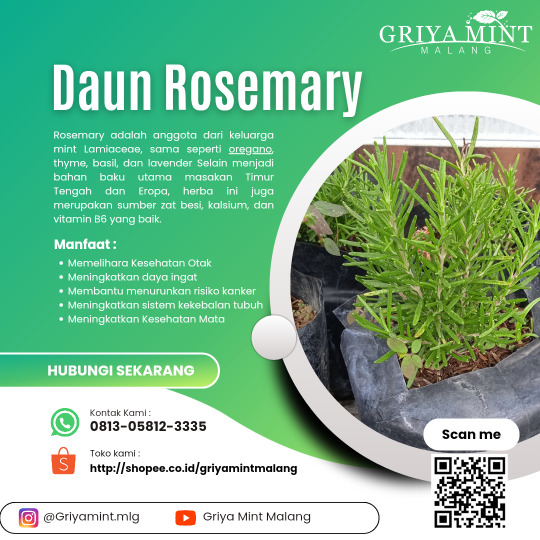
Rosemary (Rosmarinus officinalis) adalah tanaman herbal yang aromatik dengan daun yang halus dan panjang.
Daunnya hijau pekat, sering kali berbentuk seperti jarum, memberikan aroma harum dan segar yang khas. Rosemary dikenal karena sifatnya yang tahan kering, menjadikannya tanaman ideal untuk taman mediterania atau daerah beriklim panas.
Bisa langsung hubungi no admin nya yaa...
📲 0813-5812-3335
https://wa.me/6281358123335
Dan bisa langsung ke lokasi kami di :
Jl. Phospat no 31, Pandean 2 , Purwantoro, Blimbing, Malang, Jawa Timur, Indonesia
https://g.page/griya-mint-malang?gm
Terimakasih dan
happy shooping...
1 note
·
View note